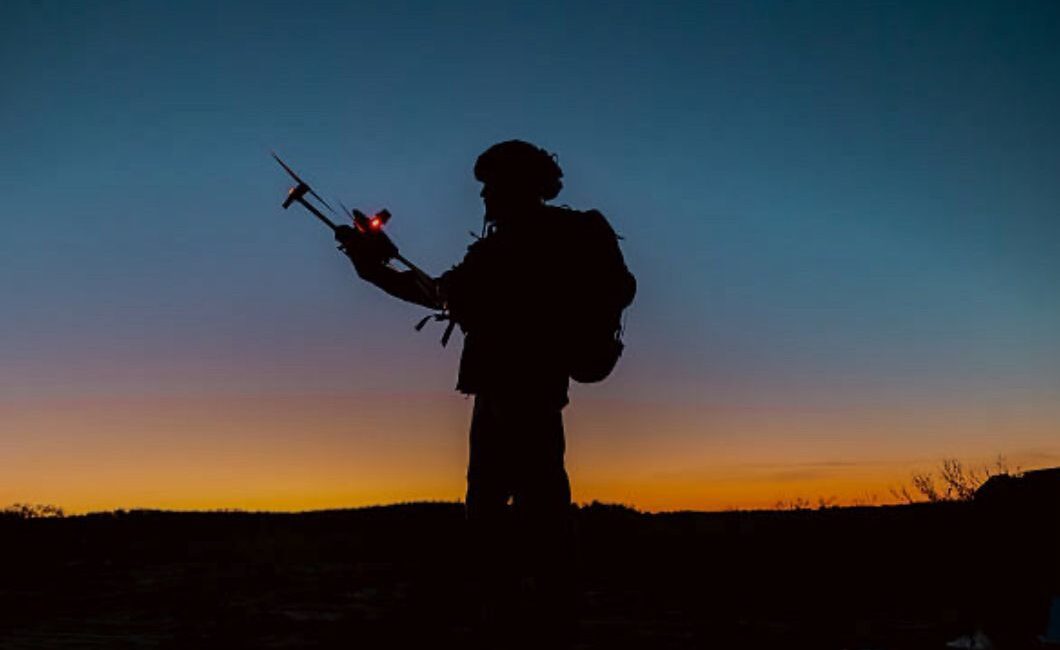For decades, traditional warfare strategies relied on the strength of land, sea, and air forces. Yet, the digital and technological revolution of the 21st century is fundamentally reshaping the nature of conflict. Unmanned Aerial Vehicles (UAVs), or drones, are not only enhancing the operational capabilities of modern militaries but also radically transforming how states project power. Through “rentable” drone fleets and third-party platforms, the concept of proxy warfare is being completely redefined.
In international security literature, proxy wars are traditionally defined as conflicts waged by states through surrogate actors. However, drone technology has extended this definition into the digital realm. A state can now reach strategic targets without relying on its own pilots or national air fleet; instead, it can employ rentable UAV systems. This approach reduces operational costs, minimizes risk, and increases flexibility in conflict zones. For instance, some advanced nations effectively use private-sector drone services for intelligence gathering, border surveillance, and military reconnaissance. As a result, states can achieve rapid and cost-efficient air superiority.
Autonomous and remotely operated drones not only offer operational advantages but also redefine the nature of warfare and global power dynamics. Airspace is no longer exclusive to national air forces; it has become an accessible platform for any actor capable of leveraging technology. This challenges traditional military hierarchies and notions of power projection: smaller or mid-sized states, even private entities, can now gain strategic advantages and establish asymmetric balances against stronger powers.
However, the growing use of rentable UAVs also raises complex ethical and legal questions. The deployment of third-party platforms for strike or surveillance missions blurs accountability chains and sparks significant debate within the framework of international humanitarian law. Who is responsible? How is the legitimacy of targets ensured? These questions remain unanswered, looming over the emergence of new proxy powers in the skies.
Drone technologies and rentable aerial capabilities provide states and actors with strategic flexibility. The new generation of proxy powers is turning the battlefield into a faster, scalable, and lower-risk environment. The skies are no longer the exclusive domain of national air forces; they are the strategic arena of anyone who can master technology. This transformation deserves recognition as a new paradigm in international security analysis, making the wars of the future more complex and unpredictable than ever before.



